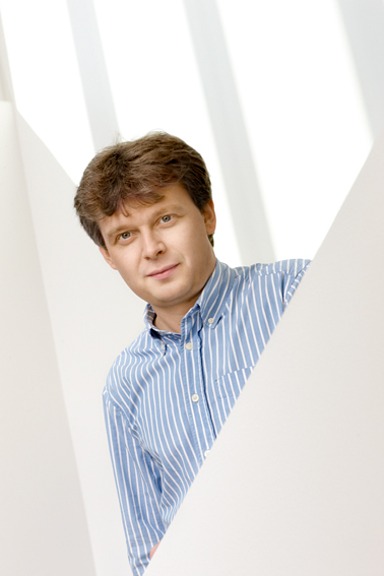Aalto Scientists Experiment with Helium Plasma to Help Pave Way for Fusion Energy

is expected to start operations using helium and hydrogen test plasmas before commencing experiments with deuterium and tritium, the more efficient fuel used by JET to break the world record for sustained fusion energy at the end of 2021. ITER’s goal is to prove the feasibility of fusion as a large-scale and carbon-free source of energy.
As part of , a research collaboration belonging to , scientists at Aalto University also participate in the JET studies. Mathias Groth, a researcher at Aalto, describes the work done in Otaniemi:
”Scientists from the Fusion and Plasma Group at Aalto lead the investigations into the role of helium as the main fuel species in detaching plasma from the divertor target plates at the bottom of the experiment device. We employ comprehensive measurements and state-of-the-art computer simulations to isolate the role of hydrogenic molecules in the process of plasma detachment in hydrogenic plasmas by using helium plasmas. We also perform cutting-edge computer simulations to characterize heat-, particle-, and momentum transport in the cores of hydrogenic and helium plasma.”
Outside of Aalto, other EUROfusion researchers will study the behaviour of the plasmas as well as test the impact of helium on JET’s tungsten and beryllium wall to help ITER efficiently build up to full power operations once its construction finishes and operations begin in 2025.
More information

Read more news

ARTEFAKTI24
The second iteration of ARTEFAKTI, the graduation exhibition of Contemporary Design MA programme.
Unite! Networking Hub Launches: Exchange best practices and learn from peers across Europe
The Unite! Networking Hub is an online space for Unite! faculty and staff to meet to connect and engage with colleagues in the same field of expertise, share and discover best practices, and support one another in addressing work-related challenges.
Herd immunity may not work how we think
A new study from researchers at Aalto University suggests that our picture of herd immunity may be incomplete — and that understanding how people are connected could be just as important as knowing how many are immune.






